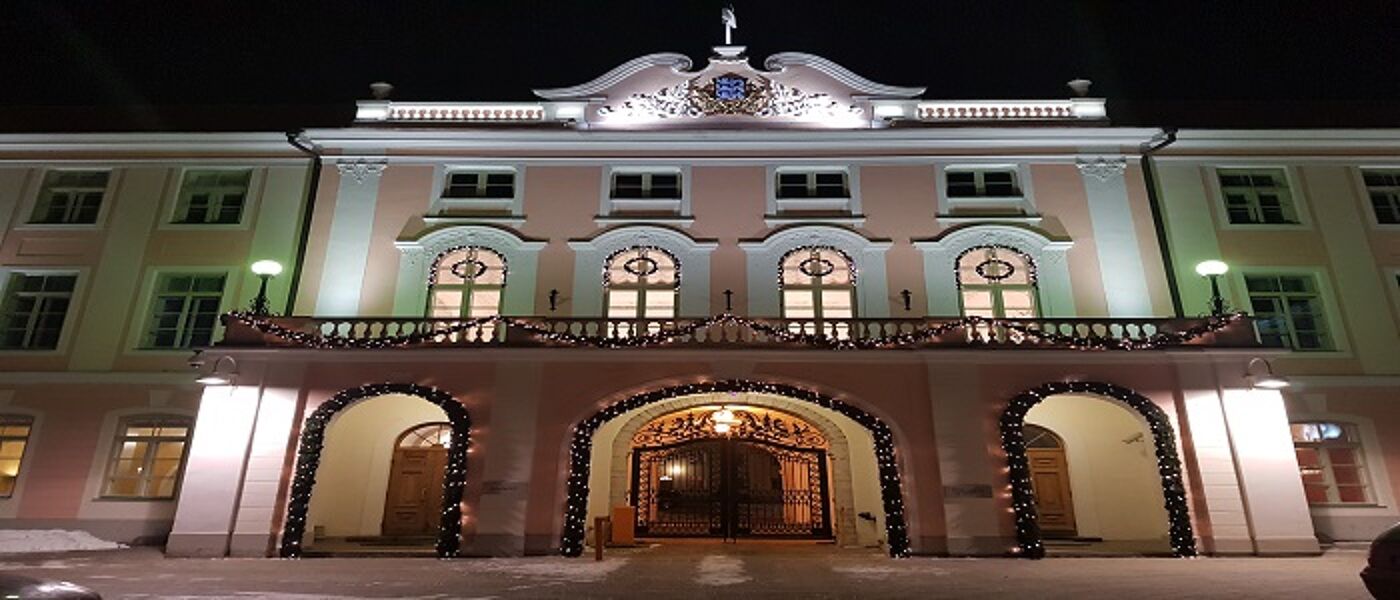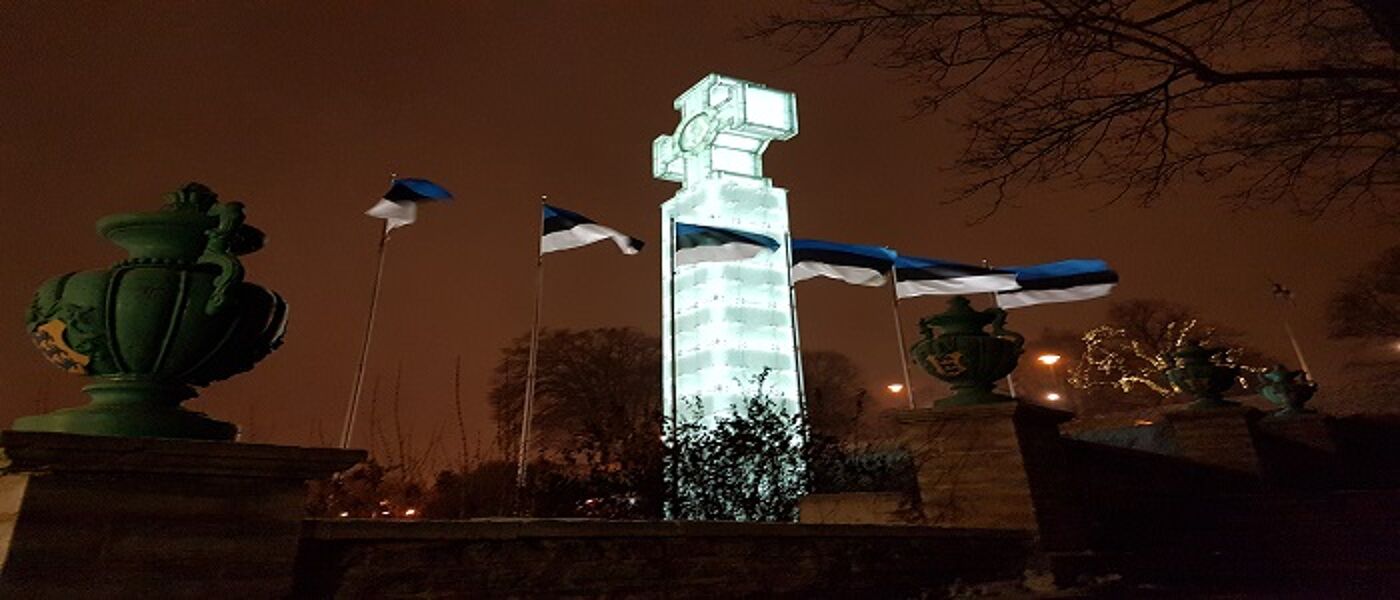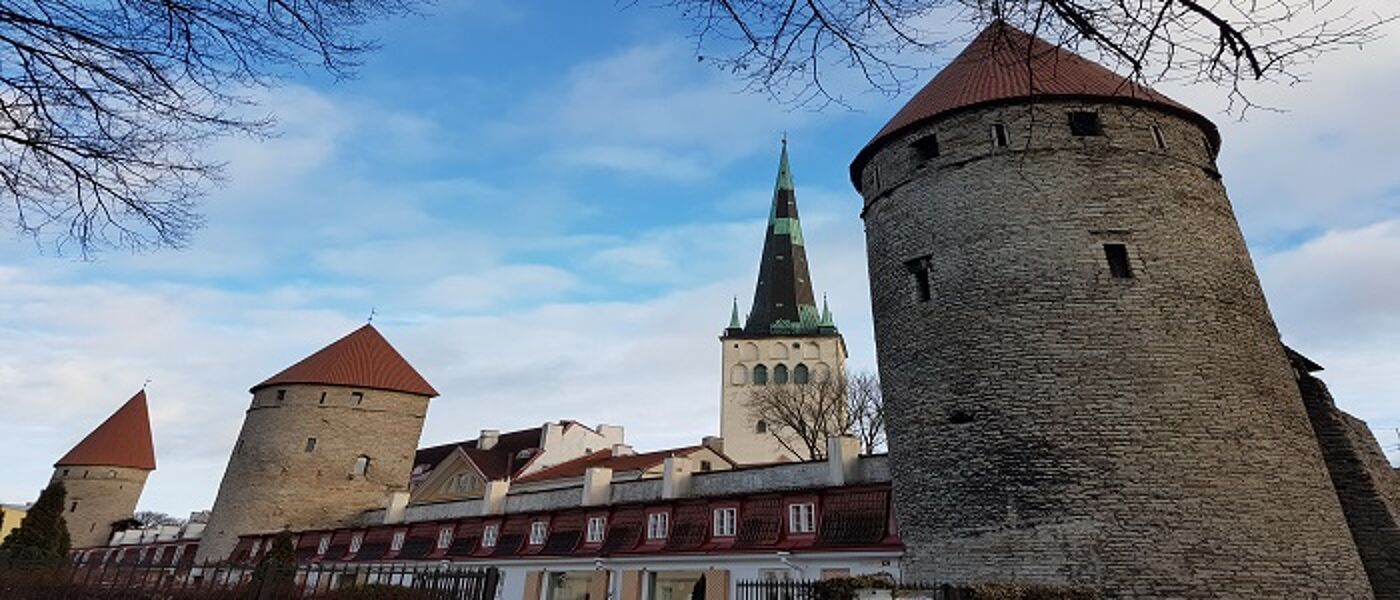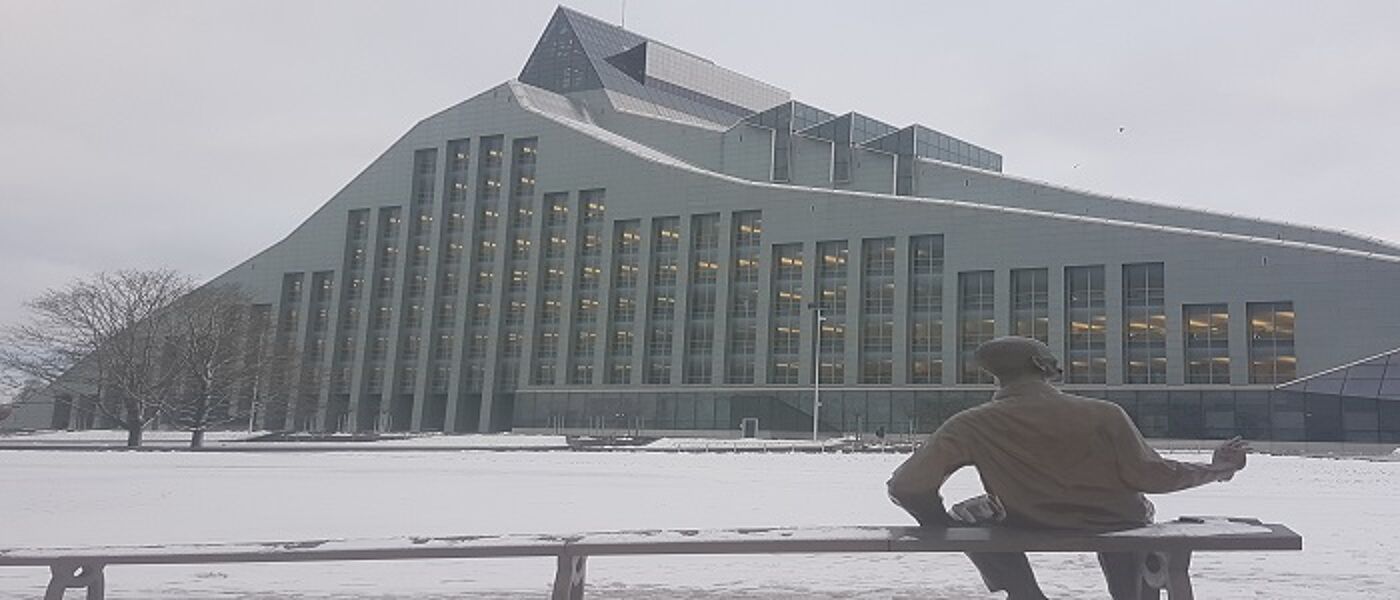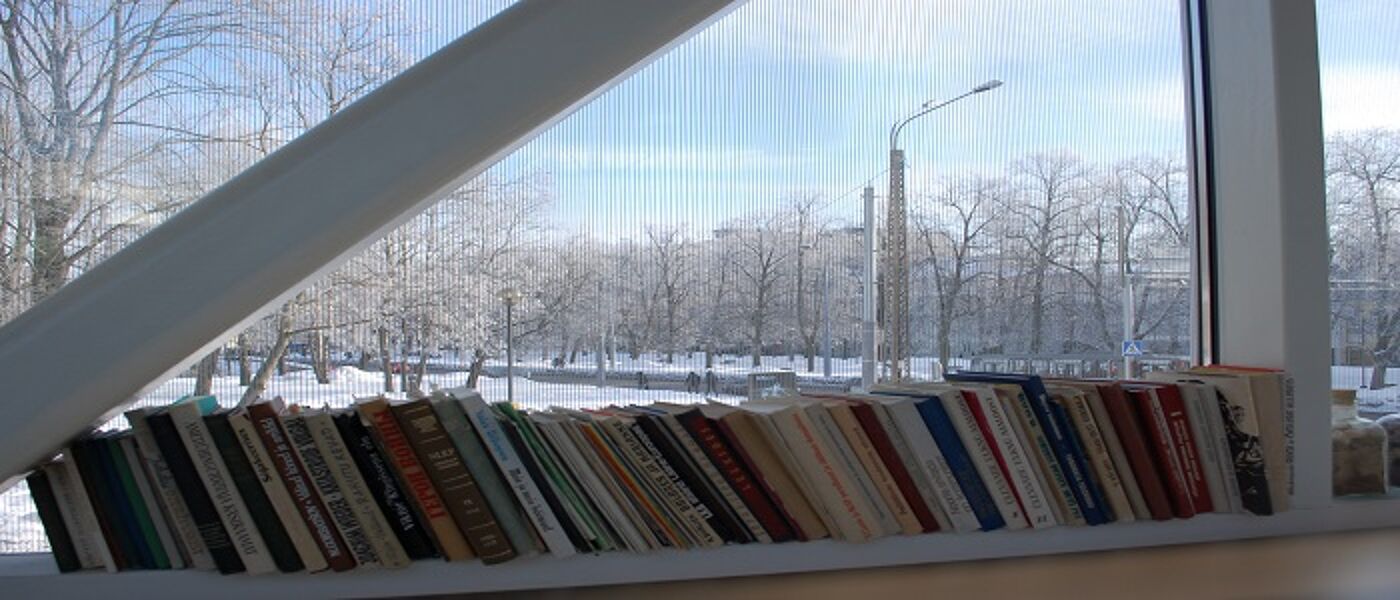Welcome
The Glasgow Baltic Research Unit (GBRU) was established in January 2003, building on a longstanding tradition of Baltic research at the University of Glasgow.
Our Aims
- to study Estonia, Latvia and Lithuania and their links to the surrounding region and the wider Europe
- to provide a framework uniting Baltic specialists from the social sciences and arts
- to make our research findings widely available, both to the academic community and where appropriate to those in the public and private sectors engaged in developing policy towards trade and other forms of interaction with the Baltic area
Resources
The University of Glasgow Library holds the Baltic Bibliographic Archive, a cumulative index of 218 biographical reference works published between 1650 and 1993, containing biographical data on more than 80,000 individuals prominent in the region’s history. Visit the University Library webpage on Russian and East European Studies.
The GBRU has its own archive containing copies of original British Foreign Office documents on the Baltic area, as well as a host of publications and information relating to the late-soviet era national movements for independence and the early period of restored statehood.
Funders
Convenors
Baltic Geopolitics Network
Glasgow Baltic Research Unit (GBRU) is a founding member of the Baltic Geopolitics Network, which was established in 2020 and which connects scholars from leading universities and research institutes to build and disseminate knowledge on the history and politics of the greater Baltic region.
Coordinated by the University of Cambridge Centre for Geopolitics, the Network also incorporates the Universities of Copenhagen, Gdańsk, Greifswald, Helsinki (Aleksanteri Institute), Klaipėda, Latvia, Tartu, Toronto and Uppsala.
Further details of events organised by the network can be found at: https://www.cfg.polis.cam.ac.uk/programmes/baltic



